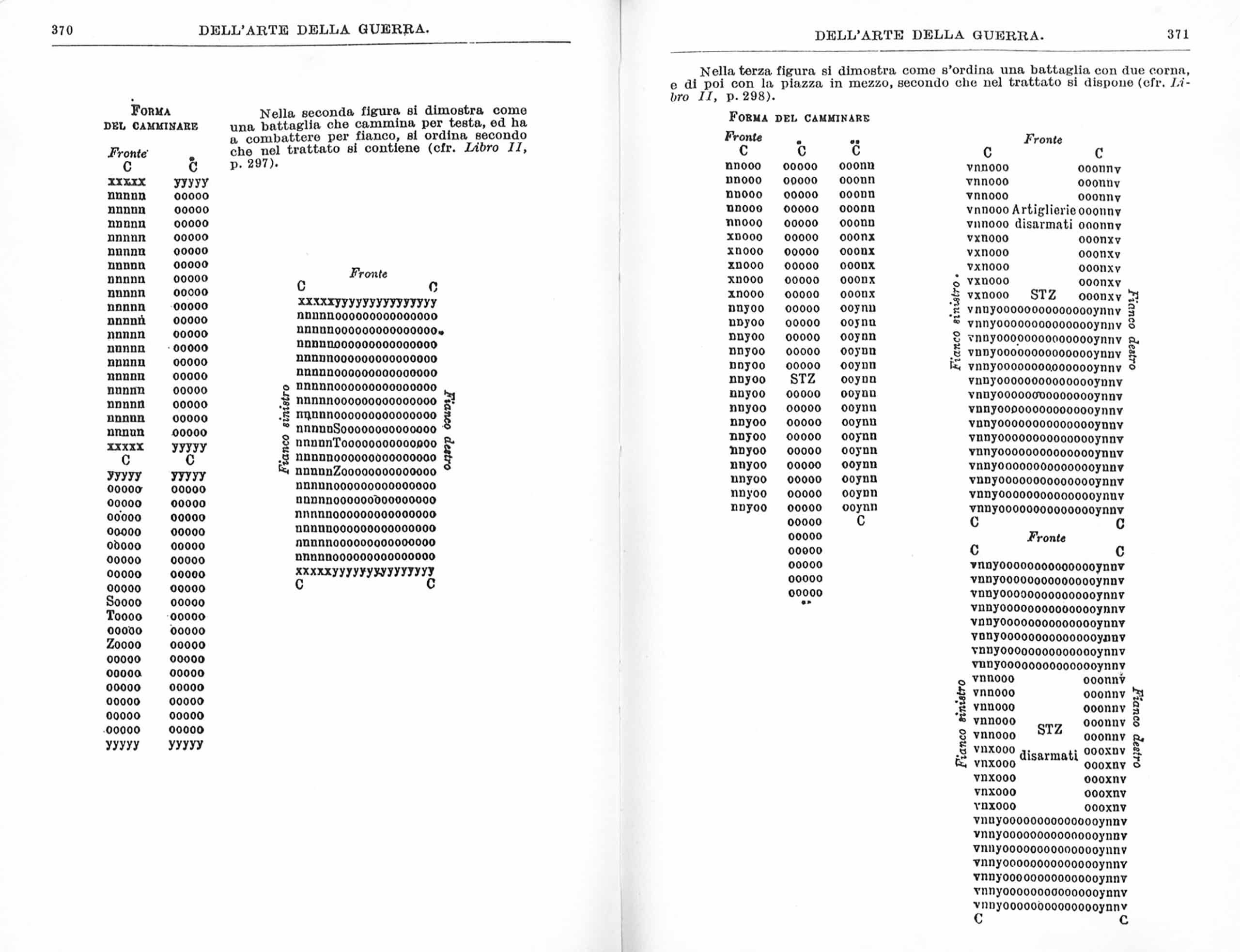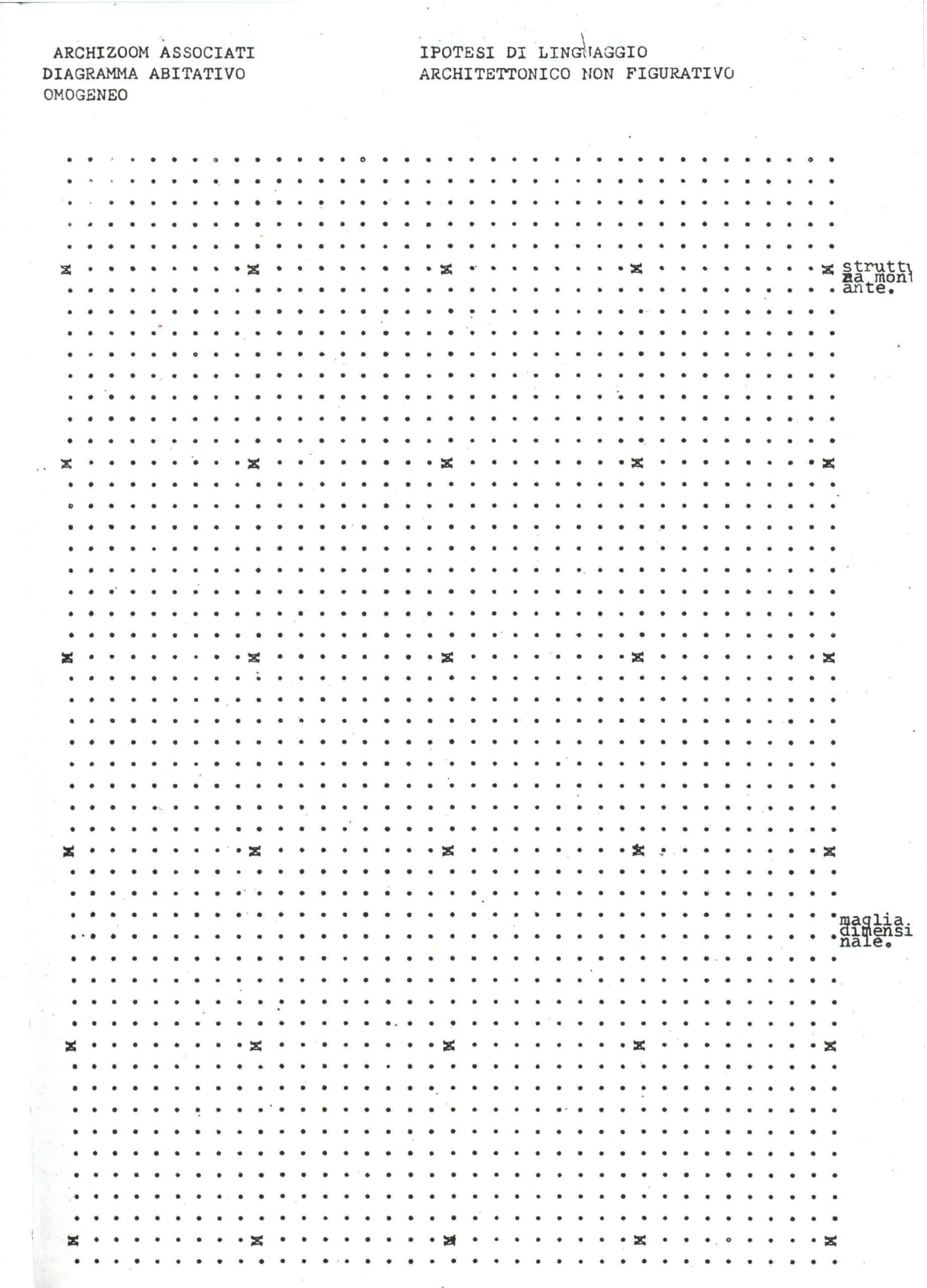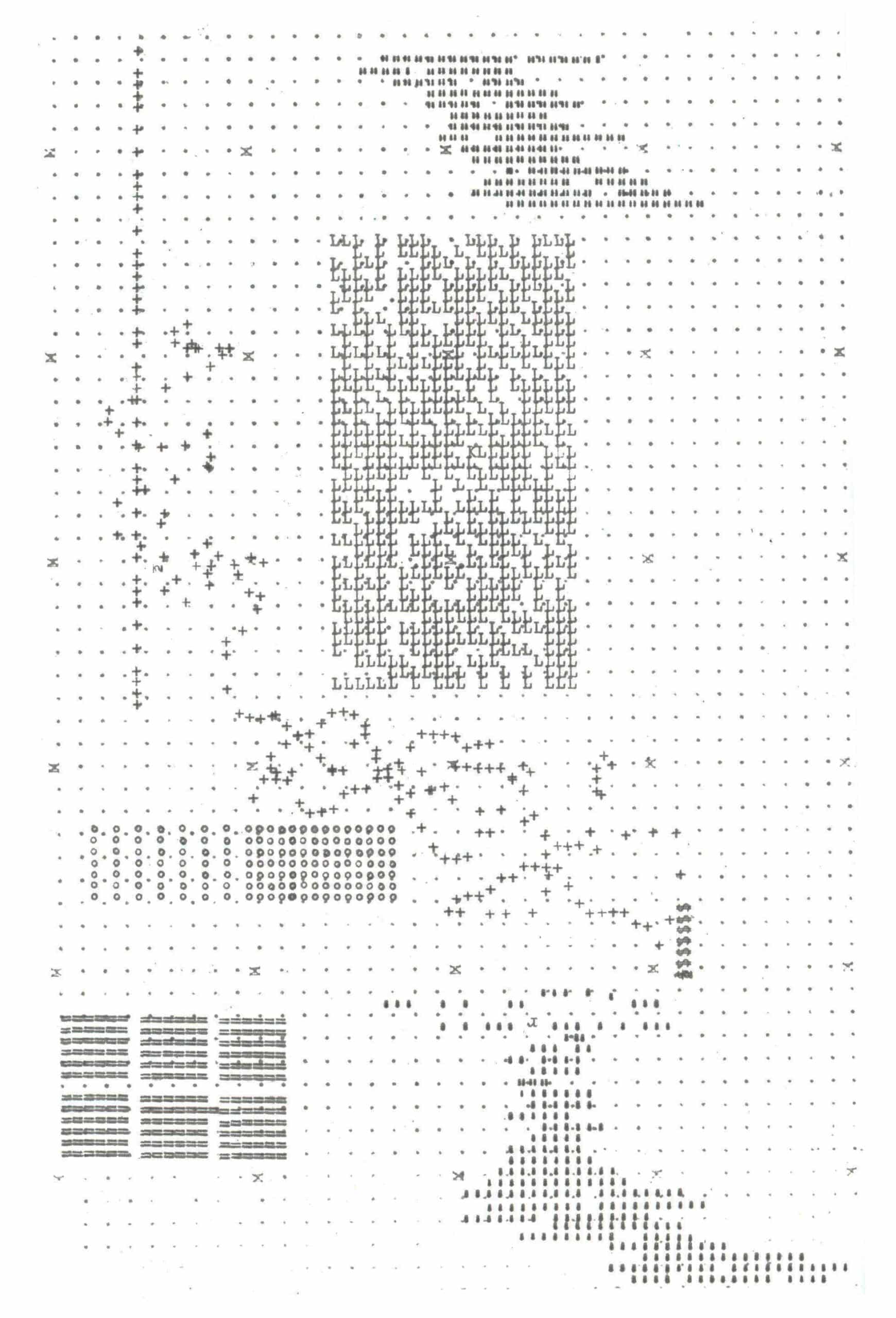Writing Prize 2020: Figures of War

Niccolò Machiavelli concludes his treatise on the art of war (Dell’Arte della Guerra, 1521) with a series of diagrammatic ‘figures’ illustrating the arrangements of troops known as ordinanze. Rather than using human silhouettes, the ordinanza links alphabetical signs to specific roles and positions of the soldiers, reducing the army to an ensemble of typographic symbols. Aelianus had already applied this abstract form of representation in his On Tactical Arrays of the Greeks (2nd century BCE), simplifying the organisation of the hoplites’ phalanxes into a series of plans made of alpha-numerical cyphers, suitable for any strategic composition, distribution and lodging of the soldiers across the battlefield.
Both Machiavelli’s and Aelianus’ figures of ordinanze suggest not only the intrinsically military nature of logistics but also the isotropic condition that the exchange of commodities and the expansion of trade would progressively impose across the globe. Any transaction requires the exchanged goods to be commensurate with what they are exchanged for, based on an abstract spatio-temporal framework independent of the value of their use, their inherent qualities and distinct relations with their users. When seen purely in terms of exchange value, everything becomes measurable and subject only to differentiation in quantity and stripped of all peculiar features.
If the acceleration of exchanges turns the whole planet into a continuous exploitable surface, then Archizoom’s ‘homogeneous living diagram’ (1969) offers a viable strategy to make the system collapse: a potential, terminal ordinanza. For Archizoom, the age of shocking alternatives is over. The war on capitalism has to be waged not on a qualitative but on a quantitative level, fighting the system through its same principles of accumulation, unveiling its delirious logic of equivalence and getting rid of the problem of urban form and architecture once and for all. Behind the whirl of consumerism and the colourful farce of an endless spectacle lies an empty plan available to any content, wherein any equivalence becomes possible, any juxtaposition profitable, any connection valuable: the army that would ‘make mad the Brain of the System’.


This text was the winner in the short form category (≤ 350 words) of the Drawing Matter Writing Prize 2020.

– Asli Çiçek